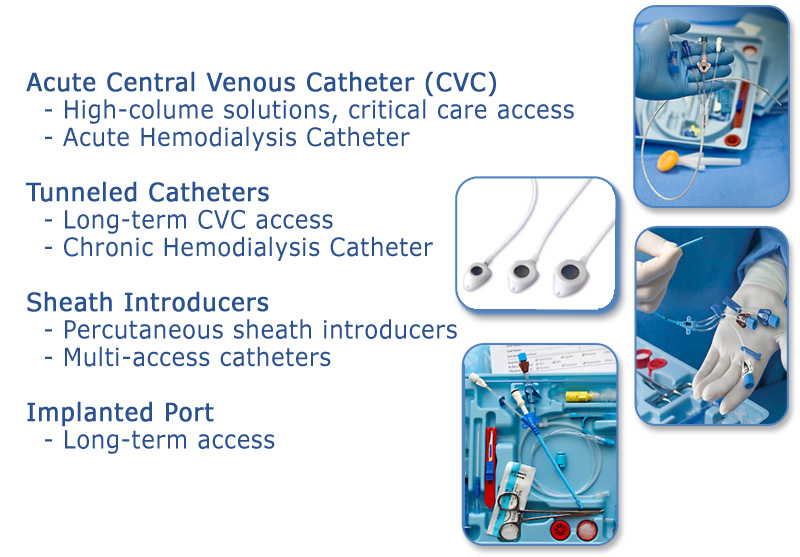| First Section Page | Page 3 of 3 | Last Section Page |

Aseptic placement and daily assessment of the device are just as important to patient safety as device selection. The Institute for Healthcare Improvement (IHI) has established a care bundle (grouping of best practices) to be followed when inserting and maintaining central venous catheters ().
These include:
- Hand hygiene
- Maximal barrier precautions
- Chlorhexidine skin antisepsis
- Optimal catheter site selection
- Daily review of line necessity
A detailed description of this bundle is provided in the next section of this manual.
Go to Section 4:
Reducing Infection Risk: Central Line Bundle and Central Line Insertion Procedure Checklist ![]()